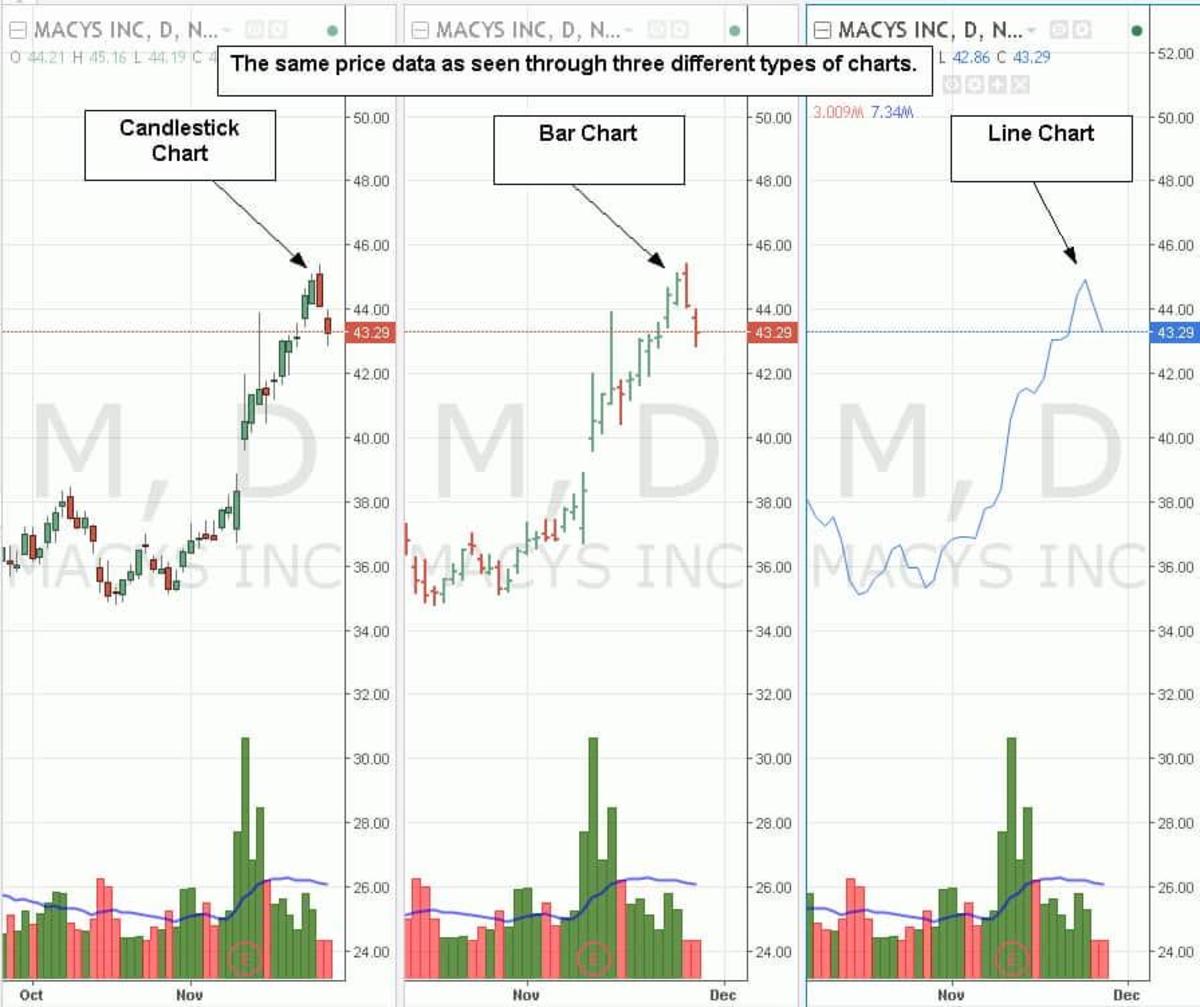The stock market is definitely the basis for building wealth. From multinational businesses to individual buyers, millions of individuals count on it in order to grow estate assets and even achieve financial freedom. Nevertheless success in stock trading doesn’t come by luck—it demands knowledge, setting up, and discipline.
This specific comprehensive guide explores the most powerful stock market strategies for the two beginners and intermediate traders. It highlights technical analysis, risk management, in addition to actionable techniques like as swing buying and selling, day trading, plus trend-following. You'll learn how to read charts, work with technical indicators, examine price movements, and execute stock trading with confidence.
1. Comprehending the Basics associated with the Wall street game
Just before diving into superior trading strategies, it’s crucial to understand how the stock market works.
Exactly what share?
A stock presents ownership in some sort of company. When a person buy a stock, you get a small piece of that will business.
What is the stock market?
Typically the stock market is actually a market place where stocks are usually bought and offered through exchanges like the NYSE in addition to NASDAQ.
Why perform stock prices transformation?
Stock prices change based on offer and demand, affected by news, revenue reports, economic signals, and investor emotion.
Understanding these stock market basics is fundamental before using any investment strategy.
two. The potency of Technical Research
Technical analysis entails studying historical selling price data and quantity trends to forecast future price motions. It’s one of the most traditionally used methods in stock trading.
Popular technical equipment:
Moving Averages (MA) – Help recognize the direction of a trend.
MACD – Signals momentum and even trend reversals.
RSI (Relative Strength Index) – Indicates overbought or oversold circumstances.
Bollinger Bands – Measure market movements.
Fibonacci Retracement – Helps identify possible pullback levels.
Knowing these tools improves your technical trading strategy.
3. Recognizing Chart Habits
Chart patterns are visual diagrams of price movements that help predict future trends.
Commonplace chart patterns:
Brain and Shoulders – Indicates a style reversal.
Double Top/Bottom – Shows help or resistance.
Triangles – Often transmission a continuation regarding the current pattern.
Flags and Pennants – Mark immediate consolidation before some sort of breakout.
These patterns are essential to building a prosperous chart analysis approach.
4. Multi-Timeframe Evaluation
Multi-timeframe analysis consists of using multiple data intervals (e. h., monthly, weekly, daily) to validate styles and refine records.
Monthly/Weekly charts – Show long-term industry direction.
Daily chart – Highlight move trade opportunities.
Intraday charts – Ideal for stock investing setups.
This layered technique helps eliminate false signals and improves trade accuracy.
5. Understanding Volume throughout Trading
Volume shows how many gives you are traded throughout a given time and even helps confirm the strength of a craze.
Volume indicators:
On-Balance Volume (OBV) – Measures buying/selling strain.
Volume Moving Regular – Smooths spikes to show true interest.
Accumulation/Distribution Range – Detects institutional activity.
High amount with price motion confirms a sturdy market trend.
six. Swing Trading compared to. Stock investing
Both will be popular short-term trading strategies with various styles:
Swing Investing:
Holds trades intended for 1–10 days
Uses chart patterns plus technical indicators
Appropriate for people with limited screen time
Working day Trading:
Closes positions within the similar day
Focuses about intraday unpredictability

Calls for speed, focus, in addition to real-time analysis
Both rely on knowing support and opposition and using tools like RSI and MACD.
7. Large Trading and Impetus Strategy
These approaches shoot for quick revenue through rapid market movements.
Breakout Trading:
Enters on selling price breakout from some sort of consolidation region
Agrees with using strong quantity
Uses stop-loss simply below breakout level
Momentum Trading:
Concentrates on stocks with robust price action
Uses RSI, stochastic oscillators, and even volume scanners
Well suited for traders chasing pre-market movers
8. Mastering Risk Management
Little strategy succeeds with out solid risk manage.
Risk rules:
Danger only 1–2% each industry
Maintain a new minimum 1: 2 risk-to-reward ratio
Make use of stop-loss orders constantly
Avoid revenge trading
Protecting capital will be more important compared to chasing big benefits.
9. The Part of Trading Mindset
Your mindset should be in long-term trading success.
Discipline – Stick to the trading psychology plan
Persistence – Watch for quality setups
Confidence – Trust your technical analysis
Resilience – Learn from losses with no overreacting
Keeping the trading journal may help improve your emotional control and regularity.
10. Combining Technical and Fundamental Analysis
Combining both examination methods enhances your overall trading benefits.
Use fundamentals (e. g., earnings, income, debt) to uncover robust stocks
Use technological indicators to period your entries and exits
This cross types approach is ideal for extensive investors and posture traders.
11. Perfect Technical Indicators intended for Stock Traders
Indicator Purpose
MACD Trend and energy analysis
RSI Identifies overbought/oversold
Bollinger Bands Measures volatility
Volume Profile Shows superior activity price degrees
Fibonacci Retracement Predicts pullback levels
Use these types of in combination to be able to improve technical approach performance.
12. Building wealth builder Trading Strategy
Your investing system should line-up with the schedule, funds, and risk tolerance.
Trading strategy design template:
Market filter: Only trade stocks together with high volume and even liquidity
Setup requirements: Define your perfect trade pattern or even indicator signals
Entry trigger: What confirms your buy or sell action
Stop-loss rule: Safeguards against large losses
Exit plan: Arranged a profit focus on or trailing stop
Always test your own system with a trial account first.
13. Using Stock Screeners to Find Trading
Stock screeners preserve time by selection thousands of tickers.
Top free screeners:
Finviz – Best for technical habits
TradingView – Real-time scans and notifies
Yahoo Finance – Great for blocking by fundamentals

Illustration filters:
Volume > 1 million
Price > $5
RSI < 30 (oversold setup)
14. Tips on how to Track Your Investments and Performance
Preserve a trade log with:
Entry and exit points
Technique used
Profit or even loss
Screenshots associated with setup charts
Take a look at trades weekly to discover winning patterns plus improve your benefits.
15. Final Views: From Theory to be able to Execution
Success within the stock market is simply not about predicting—it’s about preparing. By making use of proven stock trading methods, staying disciplined, in addition to adapting to market conditions, you give on your own the best opportunity to build sustainable wealth.
Key reminders:
Usually trade with a plan
Let data show you, not emotion
Exercise and improve frequently
Prioritize risk management